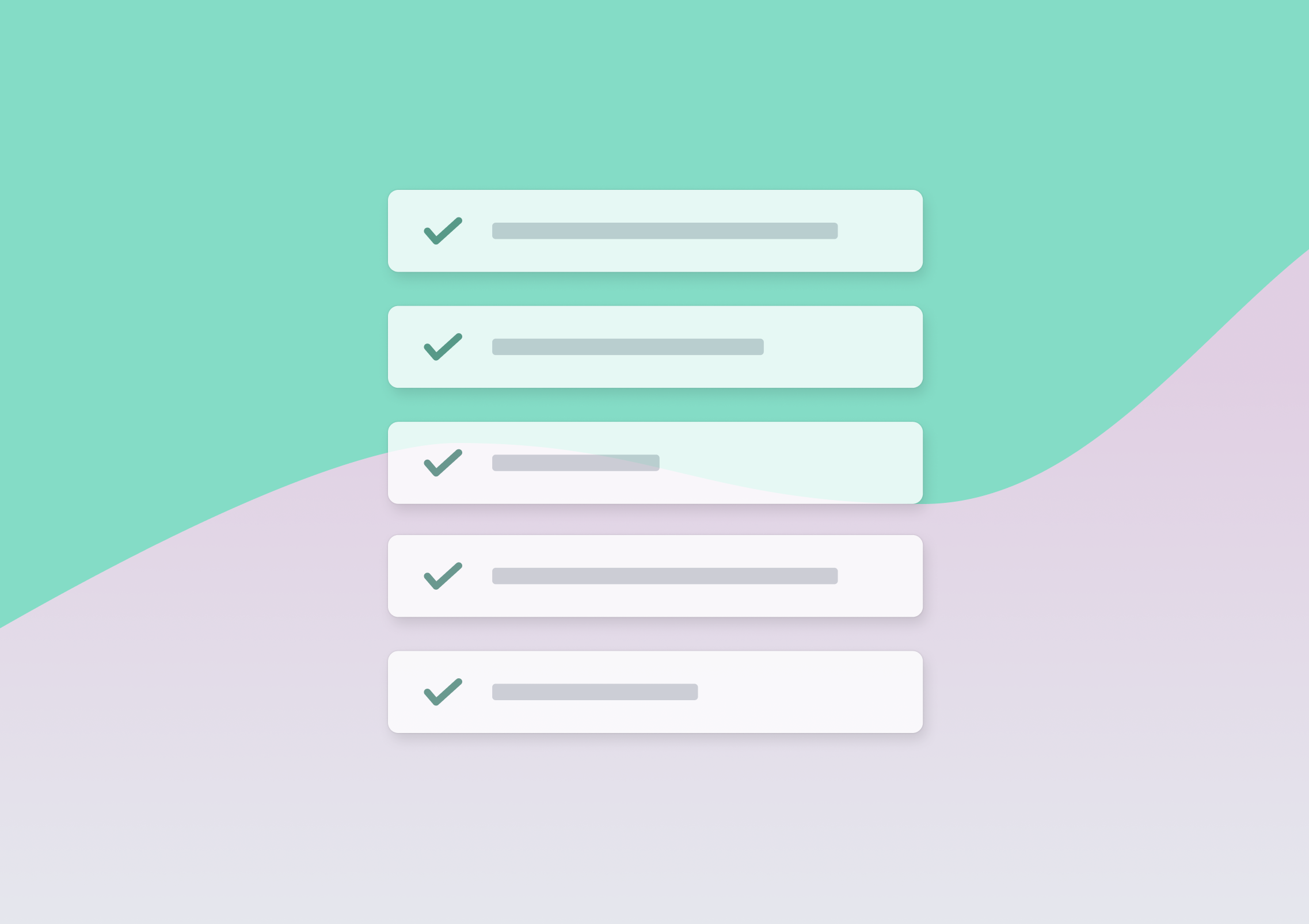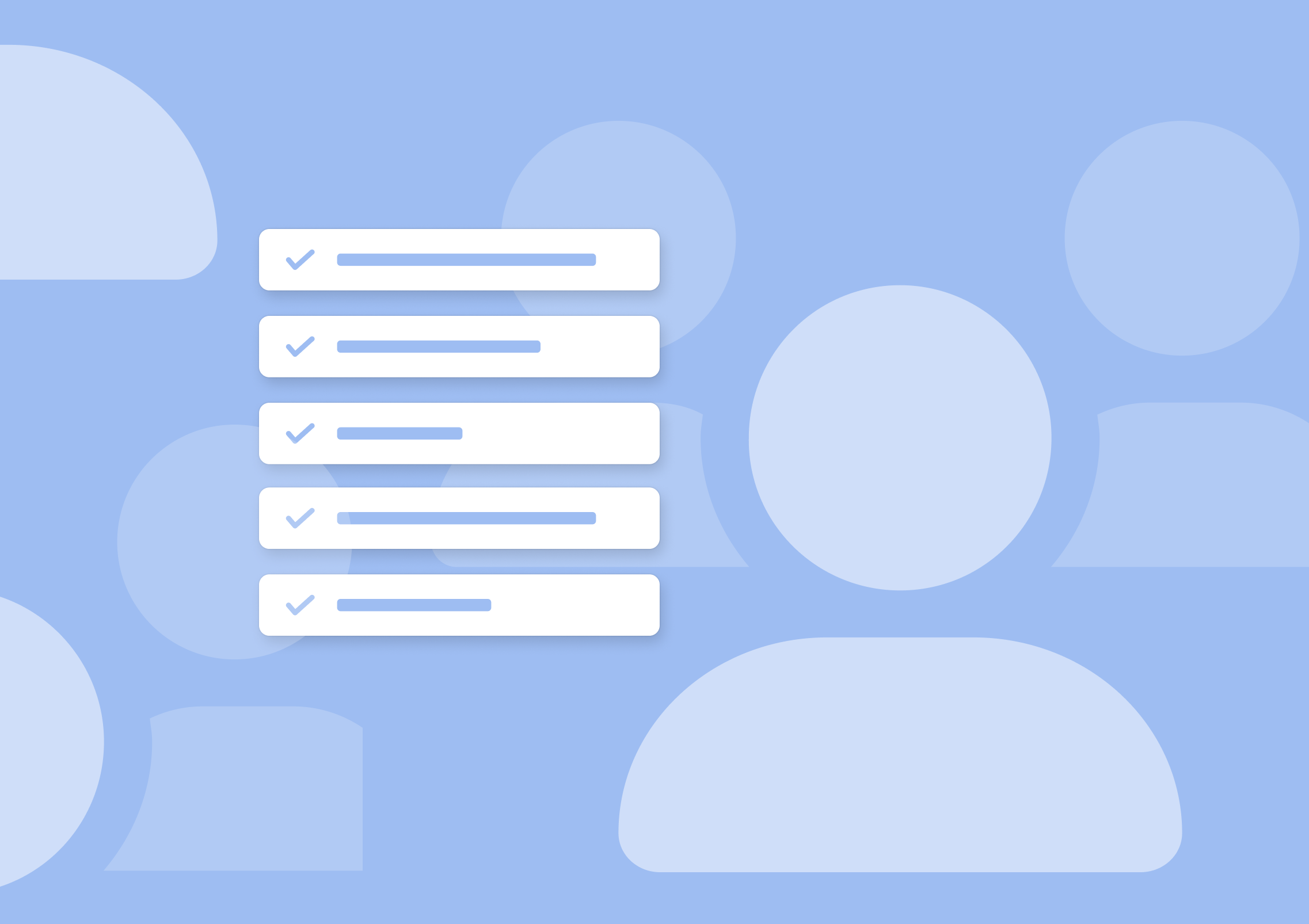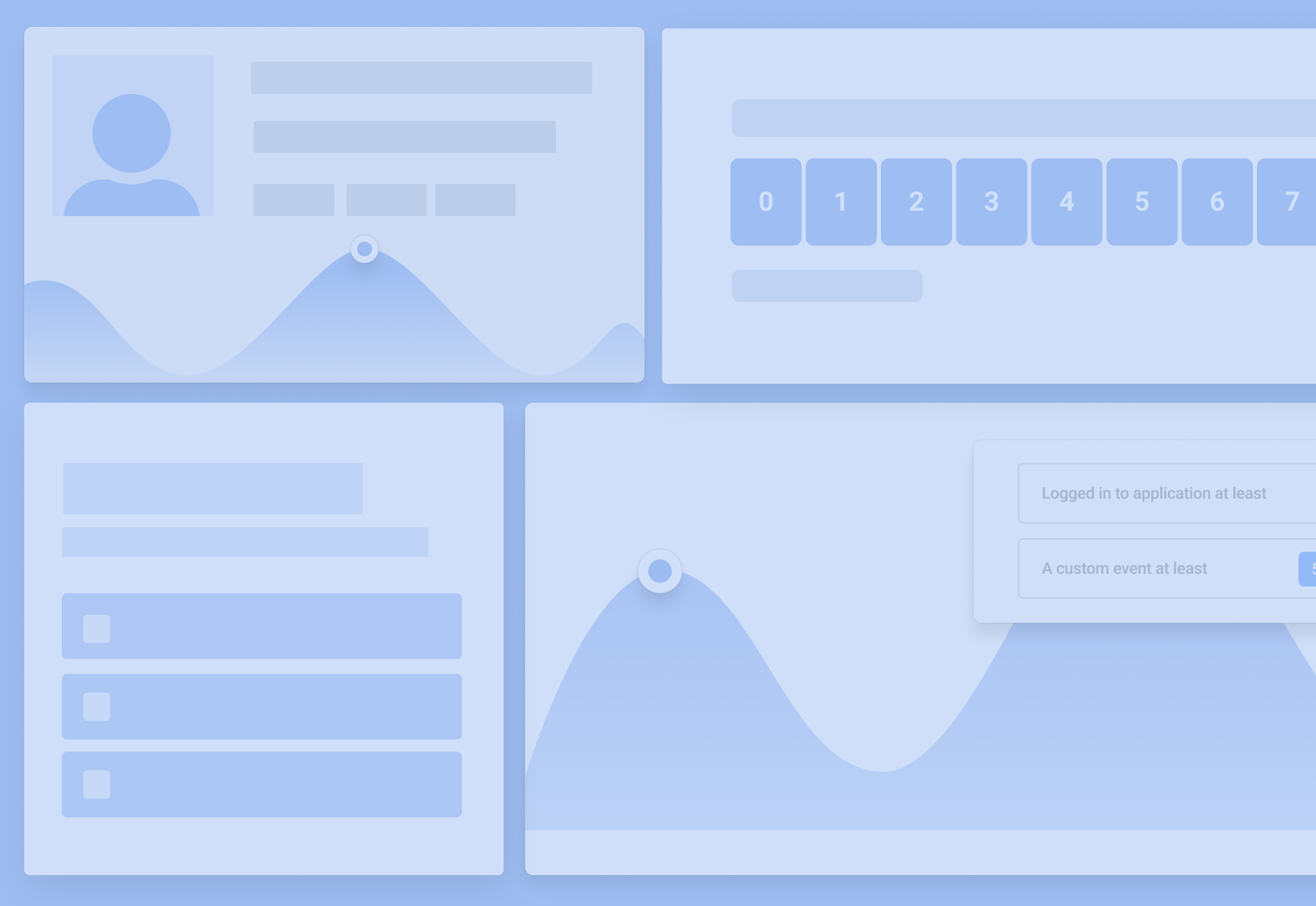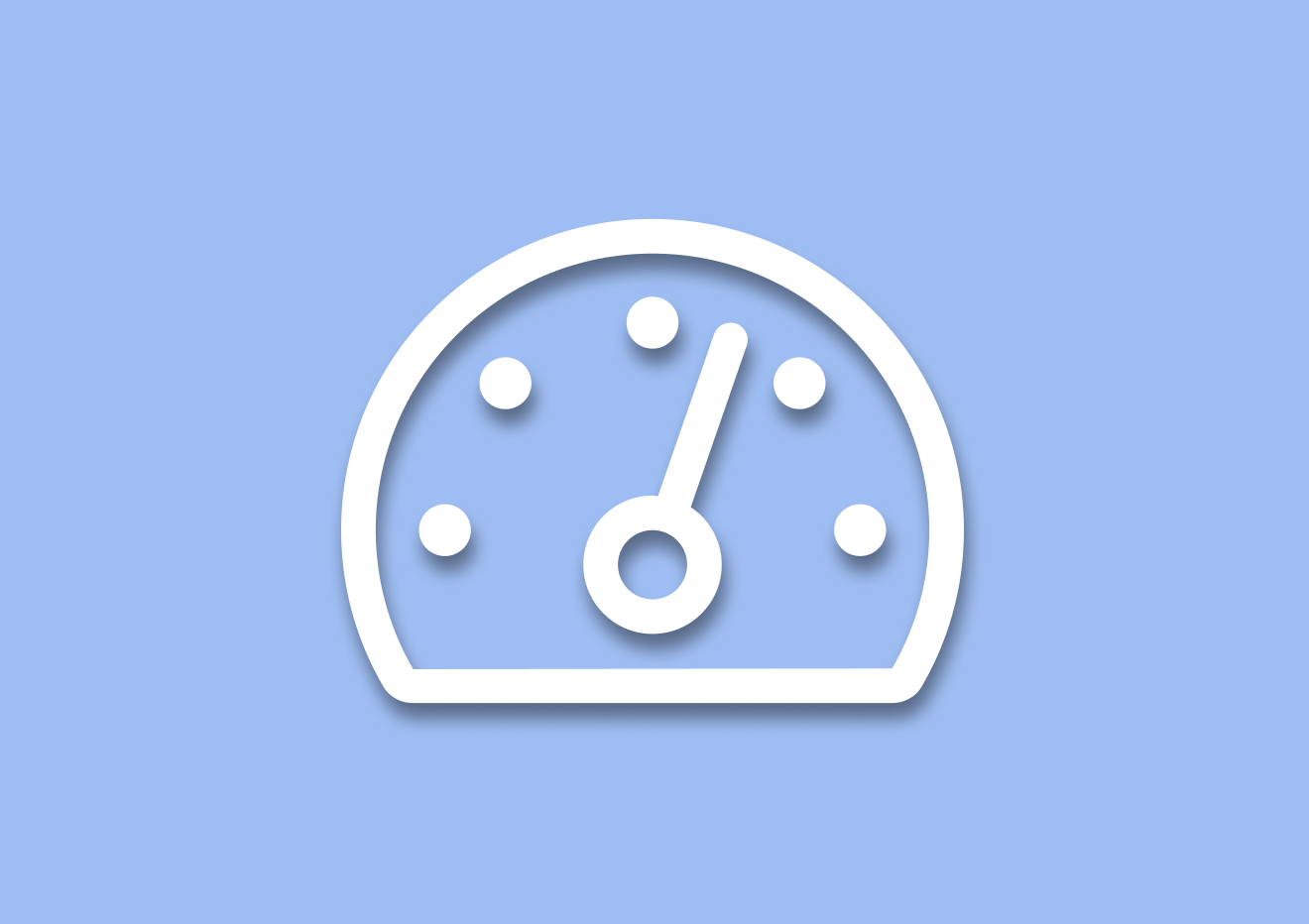How to Use NPS in Customer Service
Wondering how to use NPS in customer service?
Customer experience is so critical to SaaS success, isn’t it? 96% of customers consider customer service vital to their loyalty to a brand, after all. And loyal customers are 5x more likely to purchase again and 4x more likely to refer a friend to the company.
So, if you want to thrive in the SaaS business, you have to provide insanely great customer support.
It’s just, sometimes, you really can’t tell whether you’re making the grade, right?
Yes, you try to offer a great experience to customers. But are they happy about it? And if not, what, in particular, they aren’t satisfied with.
Well, in this guide, I’ll show you how to use NPS surveys to get that information. You’ll learn how to use NPS for customer service, and how to use survey data to improve the customer experience even further.
Intrigued? Let’s get right to it, then.
What is NPS, A Quick Recap
NPS (Net Promoter Score) survey is a customer survey used to measure customer’s loyalty towards a brand.
Frederick F. Reichheld of Bain & Company (the organization that holds the registered trademark to ‘NPS’) developed the concept and introduced it to the world as The One Number You Need to Grow in 2003.
And the beauty of NPS is that it’s incredibly simple. Here’s how it works.
In NPS, you send a question asking about the customer’s likelihood of recommending your product or service to a friend, colleague, or family. The customers then select a number on a 0-10 scale with ‘0’ being “Not likely at all” and ‘10’ being “Extremely likely.”
For example, this is the most common NPS question:

[Note: This is a general example. You can use NPS at multiple touchpoints, as you’ll see further in the example of NPS for customer support]
Once customers start filling the survey, your NPS system/software will show the NPS or Net Promoter Score in real-time.
How to calculate NPS?
To measure NPS manually, you need to know these three terms first:
- Promoters: This group of people give 9 or 10 on the NPS scale and are highly loyal to your brand. They also happily recommend you to potential customers.
- Passives: Passives give a 7 or 8 score. Roughly translated, it means they’re happy with your brand but not quite love it to recommend to anyone and everyone.
- Detractors: These are unhappy customers & give a score between 0-6. They will leave your product or service as soon as they find a better alternative. Moreover, detractors are likely to share negative word of mouth on social media.
Then, use the findings from your survey results in this formula:
NPS = [(Number of promoters – Number of detractors) / (Total number of respondents)] x 100
For example, if 120 people fill the survey and Promoters = 40, Passives = 70, and Detractors = 10, then:
NPS = [(40-10)/120] x 100 = 25
The Net Promoter Score can fall between -100 and 100, and your next steps of action and priority of action depend on the score you get.
The NPS Question To Measure Customer Support Success
The first step to using NPS for customer service is to collect helpful information with a relevant NPS question. Ask this immediately after a customer service interaction:
“Based on your recent Interaction with [Support Staff Member], how likely are you to recommend [Company Name] to a friend or colleague?”

This question keeps customer support at the center to measure customer loyalty. Let’s take an example of how asking it can impact the big picture:
Say a customer gives ‘5’ here but has given ‘8’ on the overall likeliness to recommend scale. Then, improving support will likely push the respondent from passive to promoter overall and from detractor to passive or promoter for the same question next time.
To improve your support efforts, however, you’ll need to know why they gave the score in the first place. For that, ask an open-ended follow-up question like:
“How could we improve your experience?”

Once you have the answers, go step-by-step to improve customer service.
How To Use NPS in Customer Service
Step 1: Look at the overall score
As I mentioned, the overall NPS score can be between -100 and 100, and your steps and priority of action(s) depend on it.
Refer to this table to determine warning levels:
| Overall Score | Meaning | Warning level |
| -100 – 0 | Horrible | Very High |
| 0 – 20 | Favorable | High |
| 20 – 30 | Good | Moderate |
| 30 – 50 | Great | Low |
| 50 – 80 | Excellent | Low |
| 80 – 100 | World-class | None |
If the warning level is high, solving customer support issues should be at the top of your priority list. Not focusing on it means your brand image and retention rate will take a hit.
Conversely, your team can go about doing their daily tasks if the warning level is low. But, of course, it doesn’t mean you shouldn’t improve your customer service.
Note: The above table is a general categorization of NPS. Look for your industry’s benchmarks to know where you stand in comparison to competitors. For example, in the SaaS industry, the average NPS is 30, whereas, in the insurance industry, the average NPS is 70.
Step 2: Separate Detractors from Promoters
This is the first step for your action plan: Separate detractors from promoters. Your aim should be to improve detractors’ customer experience. In most cases, it will also improve the experience for passives (i.e., passives will turn into promoters if the detractor needle moves to a higher score).
As for promoters, when they confirm they are a fan, ask them to promote you.
For example, instead of asking “How can we improve your experience?”, ask them to refer to potential customers with something like, “We’re glad you like our customer service. Would you like to refer us to your friends?” Similarly, you can ask promoters to sign up to your affiliate program, leave a review (on G2 or Capterra or GetApp or anywhere your SaaS is present), or do anything that boosts your brand.
Step 3: Look for patterns
Okay, now the aim (improving customer service) and dataset (detractors) are clear. It’s time to pinpoint the exact issues by finding patterns across unhappy customers’ results.
There are two ways to discover patterns from NPS results:
- From customers: Sometimes, only a specific group of customers are unhappy. For example, if your customer support team is based in the US and operates during EST hours, your customers from other regions of the world might not like the late replies to questions they send during their working hours. You can see if that’s the case by segmenting the results based on users’ demography, psychography, geographical location, etc.
- From customer results: In most cases, the fault will be in the interaction. To catch precisely where the customer service team lacks,
- First, look if any particular support representative accounts for a significant amount of detractor ratings.
- Then, look for keywords in the follow-up answers across results. For example, you might find words like “rude,” “bad attitude,” “poor knowledge,” “too slow,” “didn’t find a solution,” etc., or some version of it. Prioritize these keywords from most frequent to less frequent.
By the end of this exercise, you should have found the primary reasons for the low NPS of customer service.
Step 4: Find a suitable solution
Depending on the discovered issue, find a solution. [If the data is unclear, you can reach out to a few detractors for more details.]
- If the problem is with a specific group of customers, first, try solving the issues of the group. For example, if it’s a timing problem, maybe hire a virtual support rep to assist during your primary team’s off-hours.
- If a specific rep is underperforming or is coming out as rude, try training the individual(s). For example, you can ask high-performing support agents to train them, enroll them in a personality training program, ask them to take a tech-related certification course online, etc., if the rep seems promising.
- Then, the solutions depend on the keyword priority. For instance, if most customers hate being transferred from one department to another or one rep to another, try & better the support process. Perhaps sub-categorize the support requests, so the query lands on the most suitable rep’s dashboard. For instance, if you have a SaaS app for Android and iOS and someone requests technical support, automatically detect the device type and send the request to either an iOS specialist or an Android specialist, depending on their device.
Step 5: Re-ask the same question(s) after a new support chat
Once you make the changes, ideally, the score should improve. But does it? Know by asking the NPS question again. Whatever the score, repeat the process from ‘Step 1’ — it’s a customer relationship-building growth loop.
Conclusion
Customer service is at the center of customer satisfaction and loyalty. And satisfaction and loyalty directly affect the bottom line of the business. Therefore, focus on customer service before it’s late.
Start by conducting NPS surveys to know how customers feel about your company and its support staff. Then, follow the steps I mentioned in the article to improve NPS and thus customer loyalty, retention, and revenue.
Hopefully, you found everything you wanted to know about NPS for customer service.If you are yet to run NPS surveys for your SaaS brand, you can try Refiner for free!









